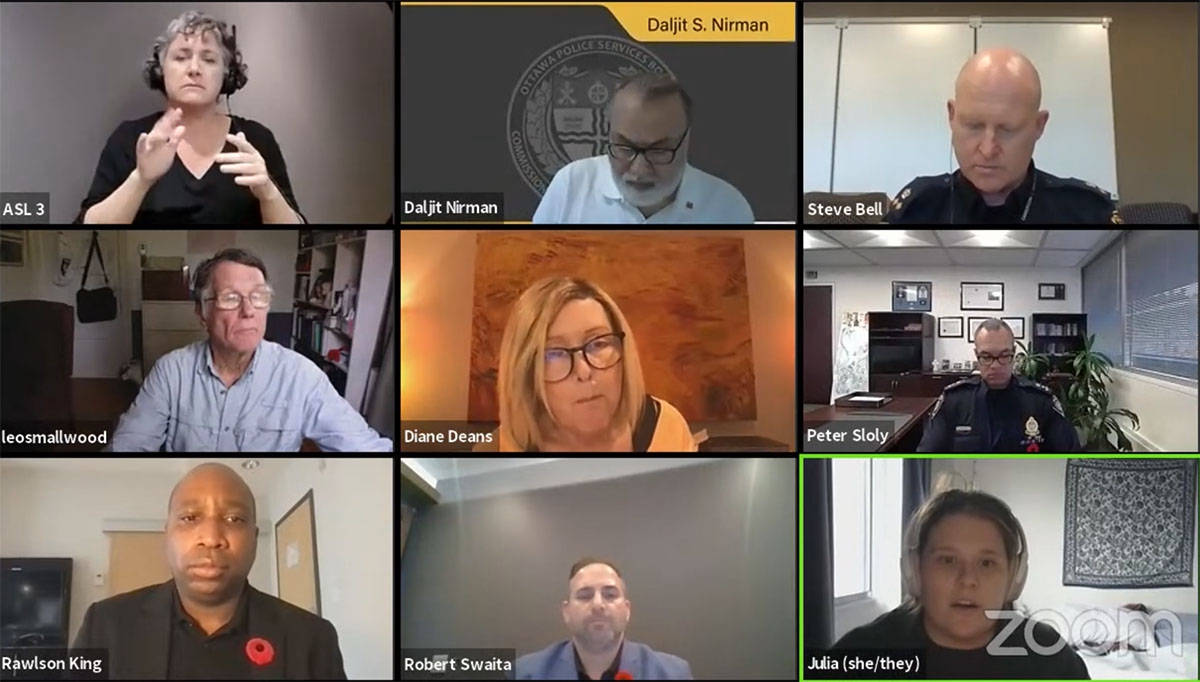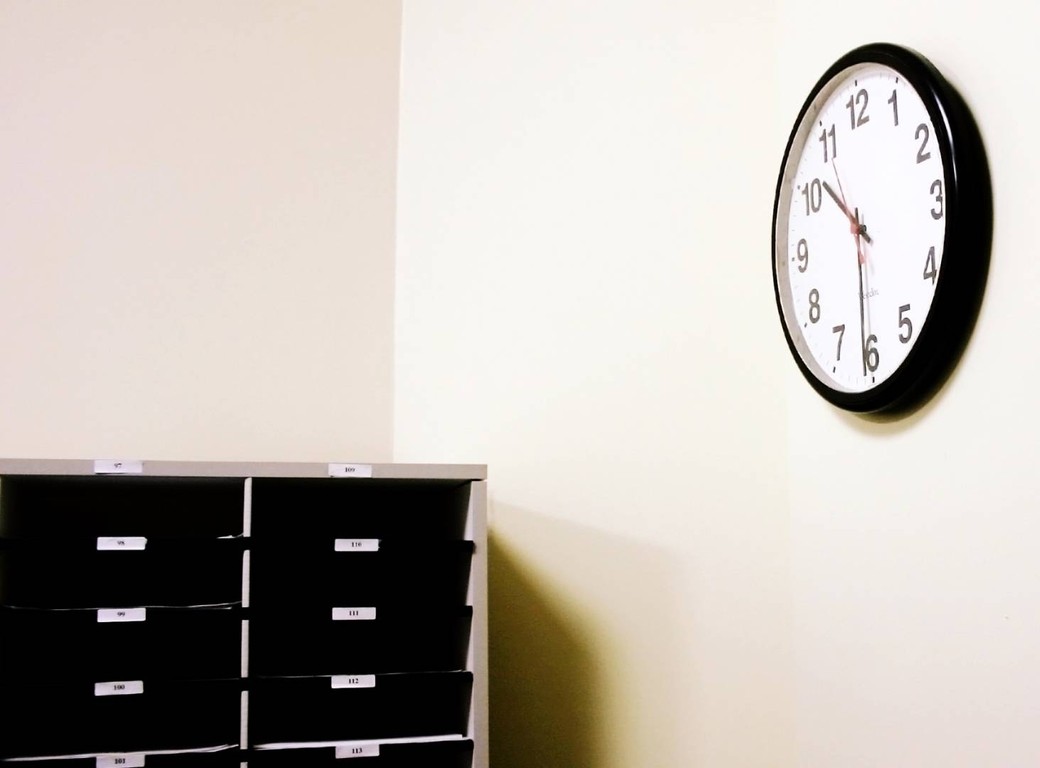
Part Two: Norway Shows Canada a Better Way
Continued from: Norway Shows Canada a Better Way
On the entire issue of environ-ment policy, the Norwegian and Canadians are polar opposites. In Norway, the Cities of the Future project is a collaboration between the government and the 13 largest cities in Norway to reduce greenhouse gas emissions and make the cities better places to live.
Today, cities are home to half of the world’s population and are the biggest consumer of energy, responsible for 80 per cent of the world’s greenhouse gas emissions.
Norway’s Cities of the Future are densely built. This means people can walk and cycle instead of using cars, reducing pollution. Fewer cars and roads make more room for bike paths and parks. This makes the cities prettier and makes people healthier. These 13 cities in the project are: Oslo, Brume, Drammen, Sarpsborg, Fredrikstad, Porsgrunn, Skien, Kristiansand, Sandnes, Stavanger, Bergen, Trondheim and Tromsø. I visited Oslo, Drammen and Tromsø. For the project, the government has policies to avoid building workplaces where there is no tram or bus. The focus is on building cities where people want to live. Cities of the Future is a catalyst to make sure this cooperation takes place.

These municipalities share their climate-friendly city development ideas with each other and with the business sector, the regions and the national government. In Drammen, the local school board has built the Marienlyst School which is the most energy-efficient school in the world, saving the school board hundreds of thousands of dollars in energy costs each year. In Canada, we can’t seem to agree on or provide reasonably cost-effective mass transit services for Ottawa and Toronto and we let developers determine our cities’ fate and this involves cars and ugly, sprawling suburbs.
If you talk to many Canadian Conservatives, they will argue that this is all social engineering, the underlying assumption being that social engineering is bad. It seems to work in Norway. I put the question to Norwegian Conservative Member of Parliament Andre Oktay Dahl. He said the problem with this is perception. “In Norway, conservatives and liberals will disagree on many things. But we all agree on science and facts and we all agree that we need to protect our environment.” He also notes that Norway has much more “open-minded” reflections on social policy. We are more libertarian in that way. “We believe that people should be free to live their lives as they see fit and make their own choices. The state policy can be used to achieve protecting the right or for others not to interfere with these rights”. Dahl, an openly gay Conservative MP, is much respected in Norway for his Parliamentary work and for his business and finance views. When I point out to him that there are several gay ministers in the Harper government who have key positions but who have not “come out,” I ask him if this is hypocritical. “No, not at all. That is their right. They should only come out if they want to. In Norway we respect a person’s privacy. The only time I could see where you would force them to come out is if they are being hypocritical. You know – imposing a social idea that is counter to their being gay or their own reality. Otherwise they should be left alone. Many conservatives are gay but they are still conservative in their political belief. They prefer to be defined as a conservative who happens to be gay, not a gay conservative.”
So what Canadian conservatives sometimes derisively call the welfare state is anything but. Norway undoubtedly has one of the best welfare systems in the world, making sure that people who are sick and unable to work, or who are unemployed for whatever reason, are not left out in the cold, but are given support so they can live with dignity. This, coupled with strong public education and health care systems, has led to a society in which it is easier to bounce back from a difficult situation.
NEXT ISSUE: Norway’s Social Policy: Equality Rights and Rights for the Disabled











